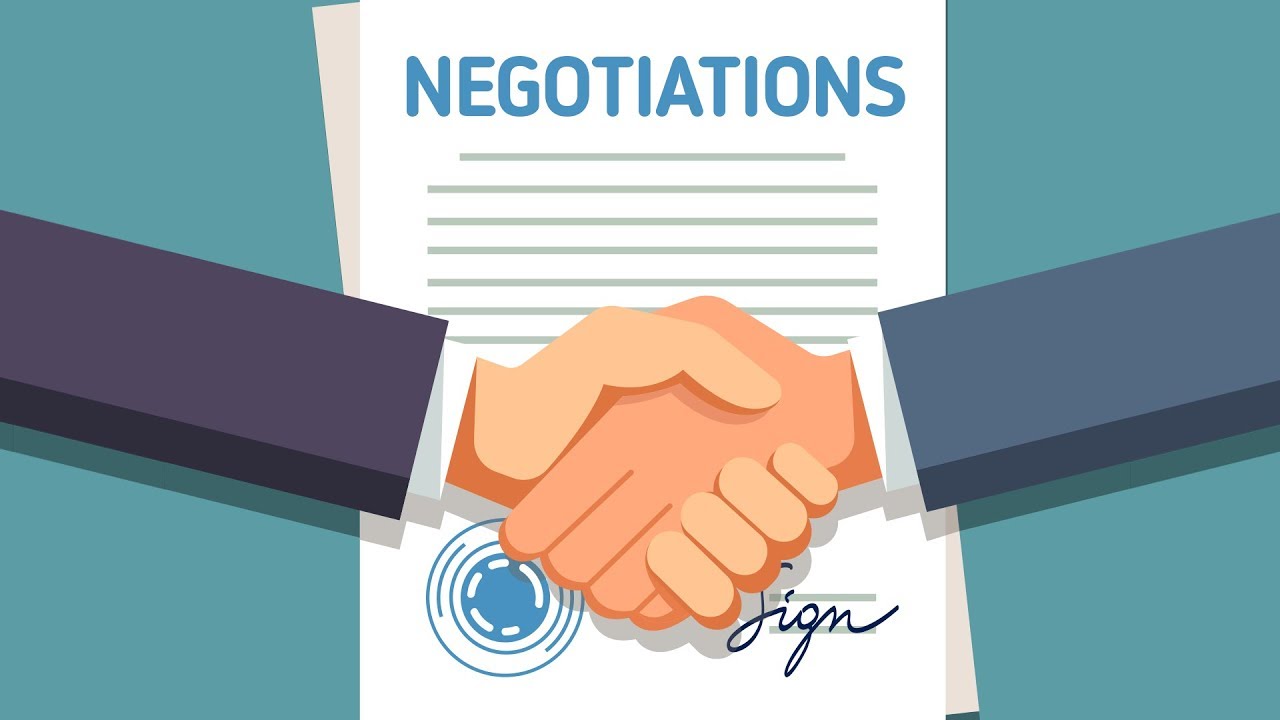If you’ve ever negotiated what you think was a great deal on a car lease, you might want to think again. Part of any sales process is making you feel like you got a good deal, but how do you really know whether or not you actually did? How to negotiate a car lease kinda seem a little daunting.
Perhaps you whittled down the retail price that your lease was based on — something that many car buyers fail to do. But even if you did this, the dealer still may have made thousands on marked-up financing charges.
Being aware of these practices and the metrics involved is a powerful tool for a highly effective price-cutting strategy. You can save hundreds of dollars per month on a luxury car lease by following these five steps:
Step 1: Do your homework.
Determine the average asking price for dealers in your area. You can do this by using the “build” feature on the manufacturer’s website or else using the CarBlip iOS App. Look closely at any pending manufacturers’ discounts or rebates, which cost the dealer nothing. These discounts are sometimes buried deep in manufacturers’ sites because many people are willing to pay full price.
Step 2: Negotiate down.
Go to the dealer and negotiate the sale price downward, just as you would when buying a car. Start with manufacturers’ discounts, then seek an additional discount out of the dealer’s end by telling them you’ll give them a few thousand less. Always offer a specific number, rather than asking them what they can do for you. Dealers are often willing to go way down because of the money they’re planning to make from you if, like most consumers, you fail to take the next step.
Step 3: Discover the money factor.
Also called the buy rate, the money factor determines the interest rate you’ll pay as part of your lease rate — a big part of your monthly payment. The money factor is usually in decimal form, often with four or five decimal places. Dealers use it to calculate the interest rate to be applied to the negotiated retail price — the annual percentage rate (APR).
To increase interest charges for lessees above what they pay lenders to finance the car, dealers simply jack up the money factor. This way, they can cut the sale price to the bone and still make a killing — while buyers mistakenly believe they’re getting a great deal.
How can you learn the money factor? Simply ask the dealer. This request typically isn’t regarded as unreasonable, and few people ask because they aren’t aware of it. Once you get the number (often abbreviated on lease documents as MF), just multiply it times 2,400 — an industry financing constant — to get the APR. For example, if the money factor is .00150, the equation is: .00150 x 2,400 = 3.6 percent. If the result isn’t equal to or less than prevailing APRs for car purchases, you’ll know they’re marking up the money factor — and that there’s room to talk it down.
Getting the money factor, instead of just negotiating the APR, is a way of communicating to dealers that you know this is how they quantify the markup on financing. Thus, it has an intimidation value.
Step 4: Know when to walk away.
If the dealer won’t cooperate, move on to the next one or if you’re exhausted at this point, let CarBlip step in. Either way, whichever you choose, it’s helpful to know when to walk away.
You can also return to the research phase and look to the web where you may be able to get tips on which dealers to visit from web postings on chat sites. On these sites, you’ll see discussions about residual value — the price the lessee agrees in the lease contract to pay for the car at the end of the lease if they decide to buy it. You want to find cars with high post-lease residual value —preferably, north of 55 percent — because this can lower your lease rate. Cars with high residual values tend to be models that retain their value well. As a rule, luxury cars tend to retain their value better proportionately. You’re more likely to find leases on cars with higher residual values toward the end of the model year.
Step 5: Come knowledgable and prepared.
Get a handle on all additional charges before agreeing to a deal. These include tax, destination charges, title, acquisition fees, and surrender fees. Dealers often charge high destination fees on luxury models. Like everything else, these charges are negotiable. Also before signing, make sure that all optional equipment is specified in the lease, including the brand and model of tires. Some dealers deliver cars with tires inferior to those on test-drive models.
By taking these steps, you’ll show dealers you’re a savvy consumer and wear down their resistance. After all, they make their best deals with uninformed consumers.
Does this sound like a lot of work? We think so, too.
Knowing how to negotiate a car lease can be rather intimidating and for many it is. At CarBlip, we handle all of the above on your behalf. Our little army of gearheads and car aficionados will handle everything for you. We know how to negotiate and we want to get you the best deal possible with the least amount of effort on your part. Why not let the experts handle it? Try CarBlip today!


